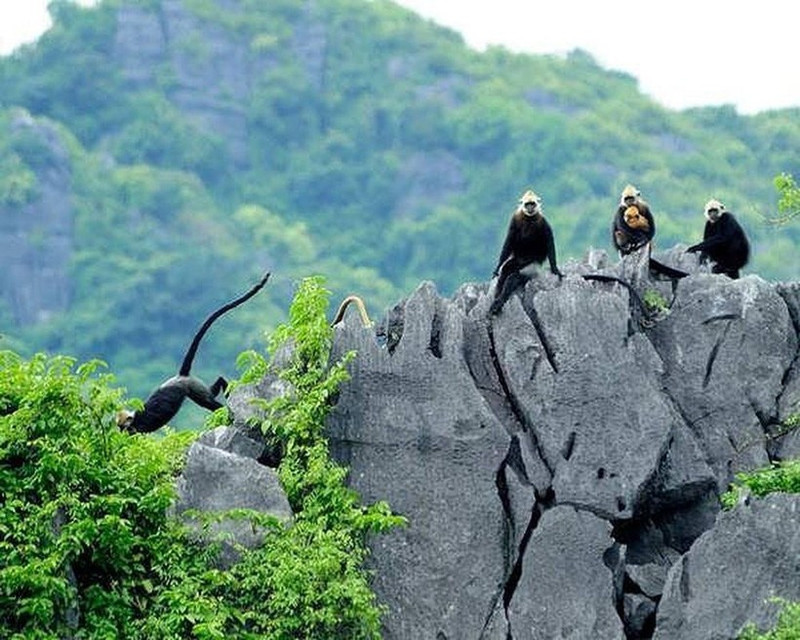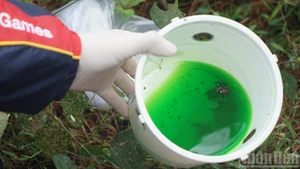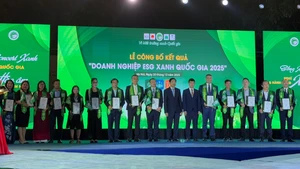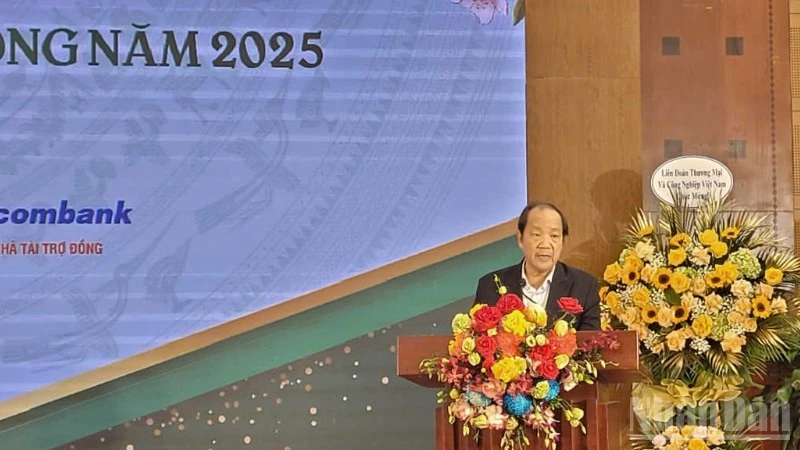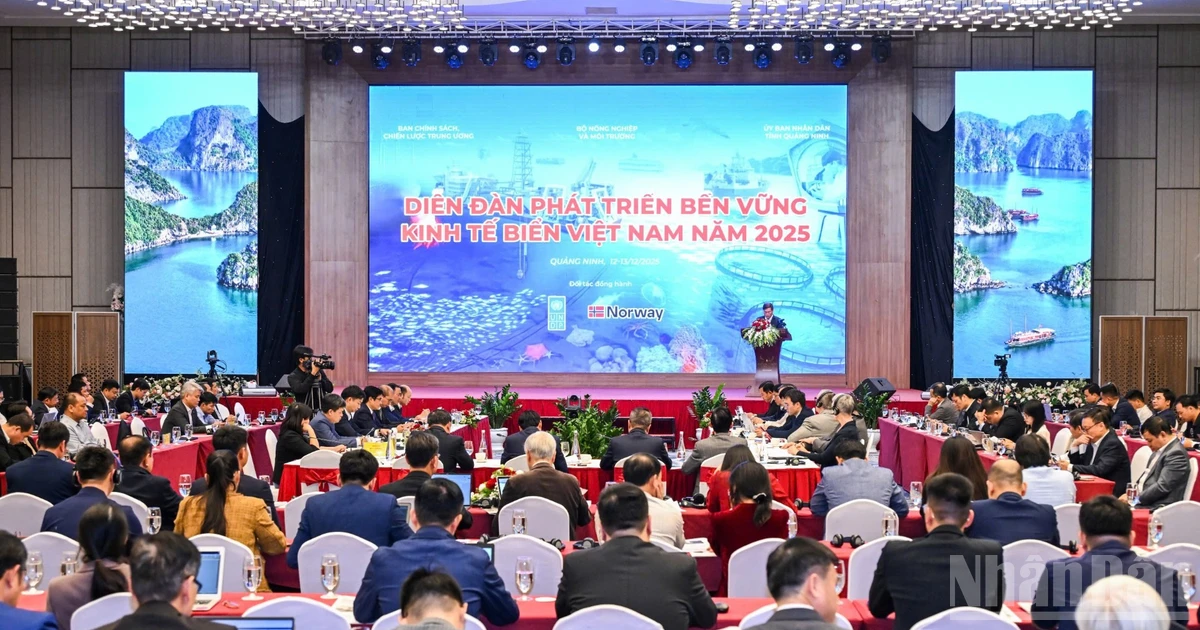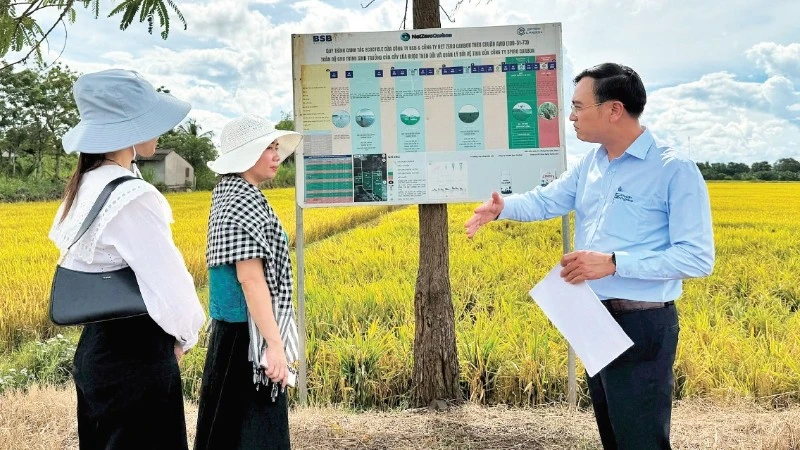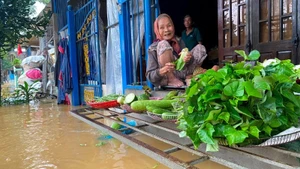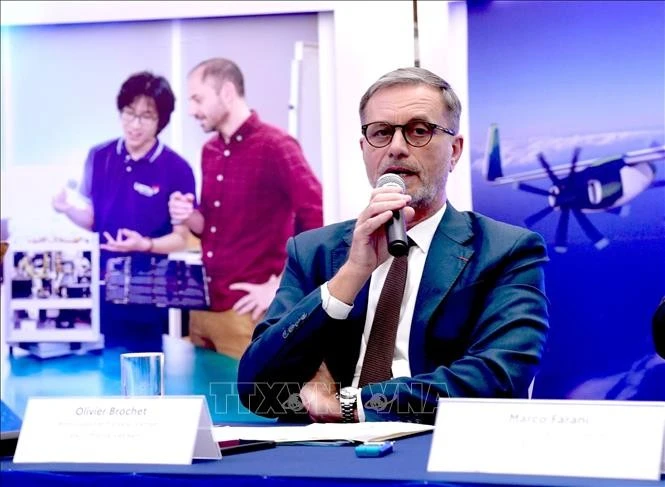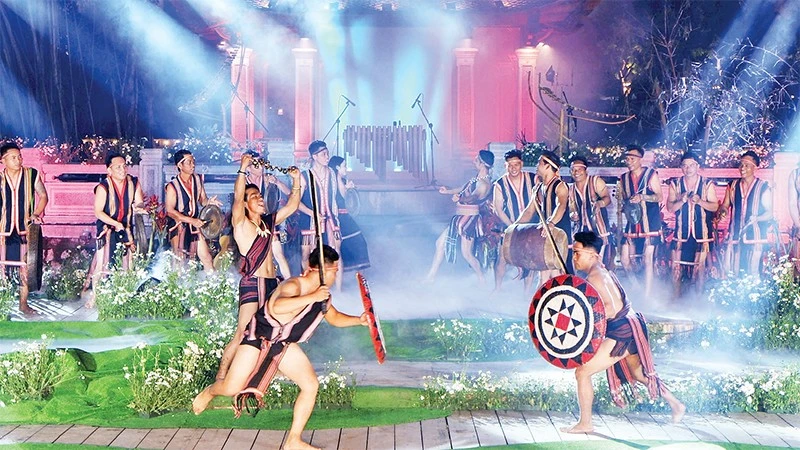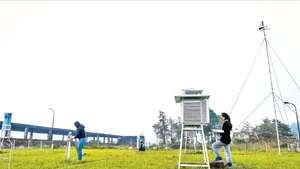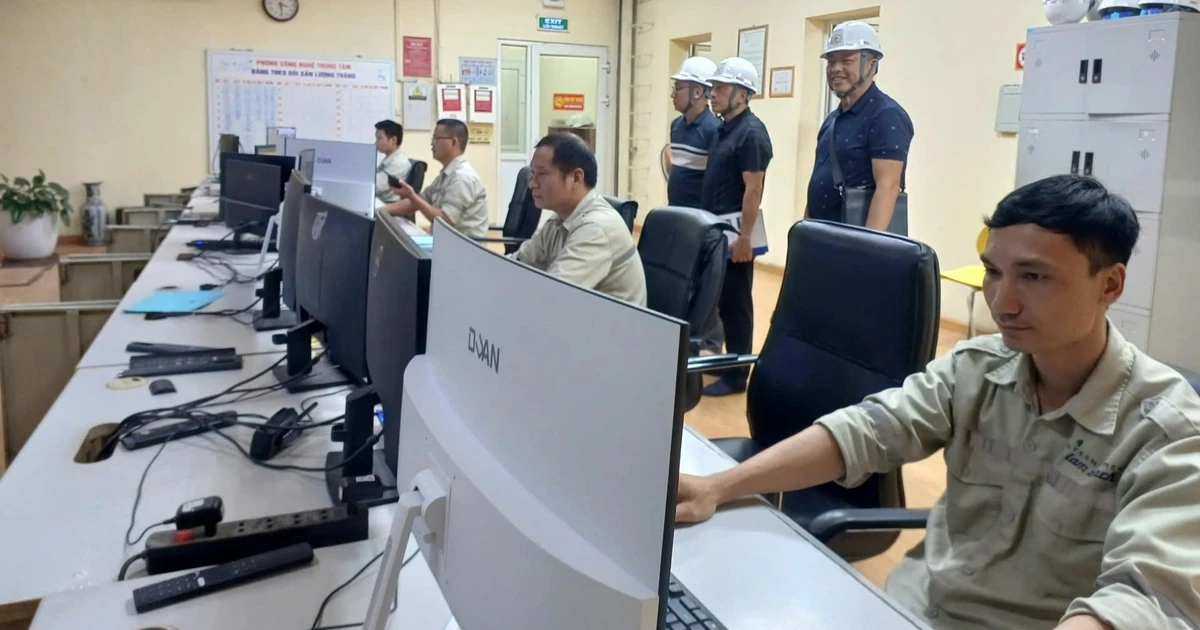This area provides an ideal habitat for 4,910 species of terrestrial and marine flora and fauna, including 198 species listed in the IUCN Red List and 51 endemic species.
Therefore, effective management, protection, and conservation of ecosystem diversity, species diversity, and the integrity of the heritage site require not only the active involvement of local authorities but also the close cooperation of local communities. By doing so, the heritage’s value can be fully harnessed, making an important contribution to improving the material and spiritual lives of the people and fostering local economic development.
Living with the heritage
The local community, especially indigenous residents with their invaluable knowledge of ecosystems, traditions, and sustainable practices, has effectively contributed to the heritage management process. This enables them to remain actively engaged in tourism activities, promotional efforts, and in reaping economic benefits.
A highlight of the community-based tourism model here is Viet Hai, an ancient fishing village nestled entirely within the core zone of the heritage site, embraced by forests and the sea, and distinguished by its own rustic charm. Viet Hai’s geographical location leaves it almost isolated from the bustling tourist hubs of Cat Ba Island, and remarkably, it has preserved many sites of significant historical and cultural value. Thanks to its pristine, unspoilt landscapes and the warmth and hospitality of its residents, Viet Hai has become a magnet for both domestic and international visitors. Tourists coming here can immerse themselves in the simple rhythms of village life — farming, cooking with local produce, and exploring ancient relics with guides who are themselves villagers.
Following the motto “Living in the heritage, protecting the heritage, and benefiting from the heritage,” local communities clearly recognise their role and responsibility in preserving, promoting, and managing heritage values.
Given the hilly terrain interspersed with residential areas, residents in some communes across the island district have developed diverse fruit orchards to promote eco-tourism. This model has brought tangible benefits by increasing income from harvested fruit products alongside related tourism services.
Similarly, the model of cage aquaculture combined with tourism, implemented within planned aquaculture zones, has created jobs for more than 300 workers. These initiatives ensure compliance with legal regulations, apply advanced science and technology in production and management to protect the environment, enhance efficiency, and foster sustainable development.
Since UNESCO recognised Cat Ba as a Biosphere Reserve in 2004, and particularly from 2011, the reserve has introduced and promoted a regional certification label and logo for environmentally friendly products and services. This has reinforced the principle of “conservation for development, development for conservation” within the tourism industry and in the green product supply chain bearing the reserve’s logo.
So far, 25 local businesses in diverse sectors—including fish sauce, honey, tour boats, cruises, tourist resorts, and service providers—have been certified under the “Cat Ba Biosphere Reserve” label. The certification has also been extended to two community enterprises operating in eco-tourism.
Joining hands to safeguard inter-regional heritage
Thanks to effective coordination between localities and regions, the exploitation of heritage values can be scaled up rather than confined within a single province or city. This approach encourages greater linkage, cooperation, and mutual support among localities, enabling sustainable development, efficient exploitation of available potential, and the creation of diverse, competitive tourism products.
The Ha Long Bay–Cat Ba Archipelago is Viet Nam’s first inter-provincial World Natural Heritage Site, opening up numerous opportunities for comprehensive development in both localities. In addition to specific management models implemented by each locality, joint coordination among all stakeholders is essential to review, supplement, and unify overarching mechanisms, policies, and regulations governing this exceptional heritage site. These cover tourism development, entrance fee management, operations of cruise boats and ports, socio-economic activities, residential and floating houses, aquaculture, periodic conservation monitoring, and environmental management and protection.
An early success can be seen in the joint implementation of the Cat Ba Langur Conservation Project, involving patrols to monitor the langurs and biodiversity surveillance. In 2024, more than 13 Cat Ba langurs were born. In the first four months of 2025, a further four offspring were recorded, bringing the current total population to over 90 individuals. This is an encouraging sign in environmental protection efforts to conserve endangered and rare species within the World Natural Heritage Site of Ha Long Bay – Cat Ba Archipelago.
Alongside conservation, joint communication and promotional campaigns about the heritage have been actively carried out, both domestically and internationally. These efforts have helped expand the circle of communities interested in the heritage, foster pride among core communities, and encourage them to actively safeguard the heritage so they can live with it in a truly sustainable way.
It is hoped that, in the near future, through the establishment of livelihood models linked with local resources and the creation of revolving funds in various communes as a foundation for scaling up these models, the continued promotion of sustainable livelihoods for communities in the buffer zone of the heritage site will soon help ease direct pressure on forests and natural resources.
